Honors Academy: trial garden and breeding ground
The Honors Academy will organize an End of Year Symposium for the first time on Tuesday June the 4th. During this event, Honors students from the Bachelor’s phase will present their projects. Interested TU/e staff members, students, and representatives of business companies are welcome from 15.00 hrs. at the Auditorium. The winners will be presented with an audience prize and jury prizes for best pitch and best presentation.
The End of Year Symposium was suggested by rector Frank Baaijens, says Ines Lopez Arteaga, the new dean of the Honors Academy. “The rector asked whether students could present prototypes, for example. Up till now, Honors students always presented their projects during poster sessions, but the general impression was that this generated little exposure. The students wondered who they were doing this for. Last year, we instituted a jury prize for the first time, and we are going to take it to a higher level this year.”
Innovations
Lopez Arteaga succeed Paul Koenraad as dean of the Honors Academy last year. The Spanish full professor of Acoustics and Noise Control at the Department of Mechanical Engineering gathered a new team of staff members from General Affairs (DAZ) and Education and Student Affairs (ESA).
“These two services are responsible for the education policy, and in that respect, I view the Honors Academy as a trial garden. We take the innovations that have proven to be successful in the Honors Track and introduce them into our regular education as much as possible. I believe that we make optimal use of our educational resources this way.” In that respect, Arteaga says she is very happy about the success of the student teams. “Many of them are the result of the Honors program, but many regular students take part as well.”
The fact that she views the Academy as a trial garden and breeding ground does not mean that challenging the best ten percent of the student population isn’t still its main purpose, the dean says. “But we do intend to shift the emphasis somewhat. Our motto used to be ‘Challenge yourself,’ but in the future, we particularly want to be in line with the educational plans that were adopted for 2030. According to these plans, students will have a great deal of freedom to take control of their own learning process. Therefore, our new motto will be ‘Own your Future.’ We notice that most of the excellent students are perfectly capable of ‘owning’ their study track - this becomes especially apparent in the Master’s phase in a most impressive way. But we see that other students have trouble with a lack of guidance. They feel less comfortable with the Honors Academy’s philosophy of freedom.”
Scientific
Setting up a more scientific track is one of the other adjustments Lopez Arteaga and her team intend to make. A large part of education in the Bachelor’s phase is organized around teamwork, but that is not something every smart student wants, Arteaga knows. “I am very much in favor of teamwork, but we have to acknowledge that some students are better served by a different method. We would like to offer these students a more scientific and individual approach, preferably even in the form of a separate Honors Track. The difficulty though, is that Bachelor’s students often have not yet acquired enough knowledge to be able to conduct scientific research on their own.”
Honor project: SOLID
Team SOLID is one of the many student teams at TU/e that developed from the Honors Academy. In 2016, three second-year students decided to conduct research into iron powder’s potential as storage material for sustainable energy. Their successors have shown that it is possible to generate energy and steam with the hot flame that is released in the process of burning iron powder. The only resulting ‘waste product’ is iron oxide (rust powder), which can be transformed into flammable iron powder in what is basically a CO2-neutral cycle using sustainable energy.
Team SOLID is currently working on a system that burns iron with a potential capacity of 100 kilowatts. That installation will be demonstrated at the Bavaria brewery in Lieshout this summer and subsequently tested, in collaboration with several business companies, on the new Metalot campus in the village of Budel-Dorplein.
This year, only two Honors students, Jaïr Campfens and Thomas Boot, are part of the student team, which now also has a few fulltime members. The two will bring a poster about the project of Team SOLID to the End of Year Symposium and prepared a short pitch, according to Campfens.
Honors project: SensUs
This year’s goal, after creatinine (2016, kidney failure), NT-proBNP (2017, heart failure), and vancomycin (2018, antibiotics), is for the participants of SensUs to develop a biosensor for detecting adalimumab, a biological drug that is used to treat rheumatic disease. Such a senor can optimally measure the dose of this medicine, which can cause serious side effects.
SensUs is an annual international student competition. Fourteen teams will compete in this year’s edition, including teams from China, the United States, and Egypt. Each year, the eponymous TU/e Honors student team is responsible for organizing the event. It was recently announced that TU/e will officially recognize SensUs as a student team and that as such, it will receive funding from the university.
The team will not be able to present a finished project at the End of Year Symposium, team member Cecile van Riel stresses, because SensUs takes place at the end of August. “But we have been working for almost a year, of course, and we can show what we have achieved so far. We will probably show photos of previous years, to give an impression of the event.” Van Riel has high expectations of the teams from Lausanne and Glasgow in particular. “They always perform strongly. And we also expect something special from our own TU/e team, T.E.S.T.”
Honors project: Firefly
This Honors team is made up of sixteen honors students this year. The aim of their project, which started in 2015, was to educate students on the variety of aspects of drones (unmanned aerial vehicles). By now, Firefly specifically focusses on drones that fly autonomously, without being controlled directly from the ground. The emphasis lies on the aesthetic aspect: the drones are programed in such a way that they can dance to music, and the combination with light effects makes for a spectacular show.
What is new about this year’s edition is that the audience is involved in creating the drone show. Since May 13, anyone can make a personal choreography for three drones, provided by TU/e spinoff Avular, using an app on Firefly’s website. The winning choreographies will be filmed and published on YouTube.
During the End of Year Symposium, Firefly will throw light on the choreography competition and its related web application, says team member Wai Keung Liu. “We will present the drone during the poster session, but we can’t let it fly in such a setting unfortunately. We will fit the drone with led strips, and perhaps we can synchronize it with music.” If all goes well, the team will perhaps be able to show a first clip of the winning choreography.
Health and wellbeing
Roy van den Heuvel is coordinator of the Empowerment for Health and Wellbeing Honors Track. Each year, he tries to ensure that the projects match the interests of his students. “I have fourteen students from several different departments this year, mostly Industrial Design and Biomedical Engineering,” the PhD student at Industrial Design says, “but also from less obvious departments such as Chemical Engineering and Chemistry.”
He divides these students into three or four projects, often in collaboration with external partners. “This year, for instance, we work with MedApp, a startup that develops an app that helps people take their medicine on time, with rehabilitation institute Adelante, where robot arms are tested, and with TU/e-led project GameBus.”
In addition to being the Honors Track’s coordinator, he is a coach as well. “I supervise each of the fourteen students in my group in their personal development. That’s a point of special interest within the Honors Academy. I partially outsourced the substantive coaching, among others to an assistant professor who is specialized in rehabilitation technology.” He himself provides the coaching for those projects that are closer to his own field of research: devices that stimulate a healthier lifestyle.
Van den Heuvel stresses that his students are characterized by a broad outlook. “They want to look beyond the borders of their own discipline and wish to work in a multidisciplinary fashion. And they have ambitious plans for the future, a Master at Harvard or an internship at Microsoft, for instance.” He views the End of Year Symposium as a perfect opportunity for the Honors students to show the outside world - as well as their fellow students - what they have achieved. “If you are proud of your work, it’s nice to have an audience to share it with. I always encourage my students to take part in the TU/e Contest for that reason.”
Programming competitions
Kevin Verbeek is coordinator of Competitive Programming and Problem Solving, an Honors Track he set up himself in 2015. “My students train for programming competitions,” says computer scientist Verbeek, who is an assistant professor in the Applied Geometric Algorithms group. “For example, a team of three or four student is presented with a set of problems they need to solve by programming an algorithm. I used to take part in that as well when I was a student.” Such a competition is a nice challenge for ambitious students according to Verbeek. “The competitions aren’t necessarily the Honors Track’s ultimate goal, but a common thread more than anything else: the students need to acquire all kinds of useful skills during the preparation.”
Verbeek and two other coaches supervise a group of about thirty students, made up primarily of Computer Science students and some Mathematics and Electrical Engineering students, with a few physicists and chemists added to the mix. “This track attracts a relatively high number of students from Romania who come into contact with this kind of work as early as in high school, but the majority is Dutch. They need to enjoy solving puzzles, preferably with the computer.”
Entirely in keeping with the philosophy of the Honors Academy, Verbeek spends a lot of time and energy on the personal development of his students. The fact that students think about their future is part of this. “Students often want to follow a Master in Oxford, for example. I write a letter of recommendation for them because they have to wait for their official Honors certificate until the end of their third year.”
Given the nature of his track, first-year Honors students find it especially difficult give a presentation at the End of Year Symposium, the coordinator admits. “It gets easier in the second year, when we also carry out projects with business companies. The first-year students will have to talk about a certain competition they took part in, and how they prepared for that.”
Honors Academy (Bachelor’s phase): facts and figures
The Honors Academy was founded in 2006, but the current setup of the Bachelor’s program for excellent students took shape in 2012 due to the introduction of the Bachelor College. Each year, approximately one hundred students start with a two-year project worth thirty credits. That comes down to about five percent of the student population. The main entry requirement is that the participant’s study progress is nominal. Eighty percent of participants move on to the second Honors year.
The students receive supervision from 27 teachers and are grouped into eight different tracks: Artificial Intelligence (formerly Big Data), Competitive Programming and Problem Solving, Empowerment for Health and Wellbeing, Energy Transition, High Tech Systems, Molecular Health Sensor Competition (SensUs), Smart Cities, and Smart Mobility.
The Honors Tracks are most popular among Industrial Design and Biomedical Engineering students. In September 2018, seven percent of second-year students from those departments enrolled. The departments of Electrical Engineering (2.3%), Chemical Engineering and Chemistry (2.0%), and Mechanical Engineering in particular (0.8%) lagged far behind.
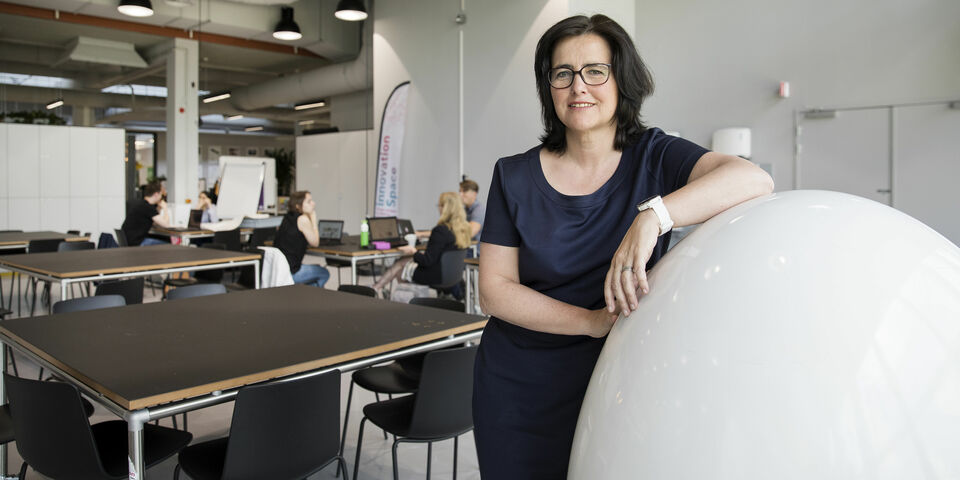

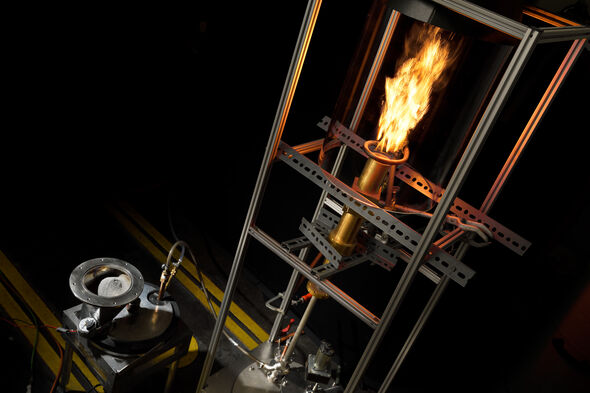
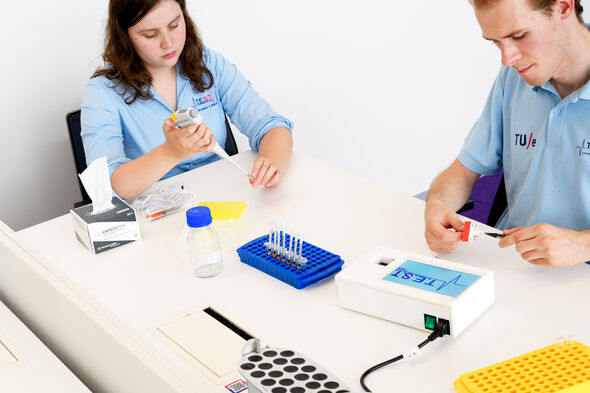
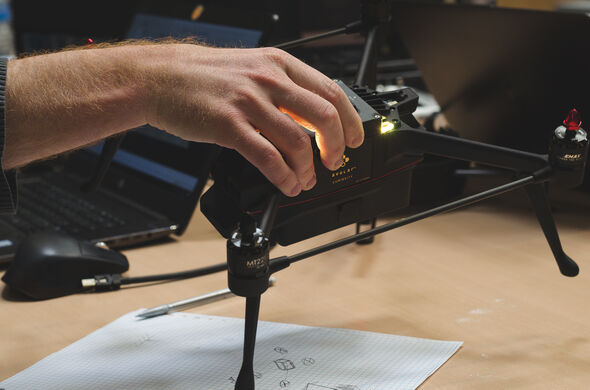
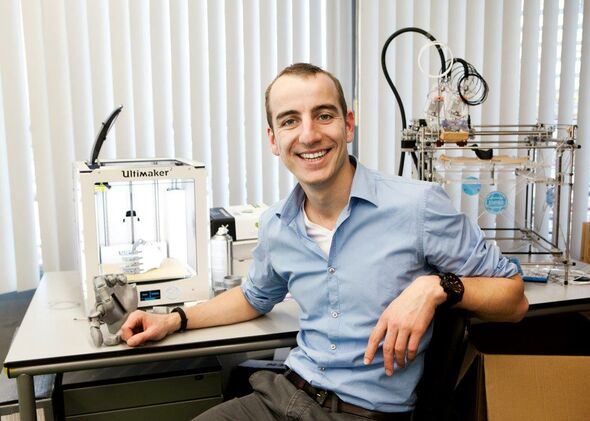
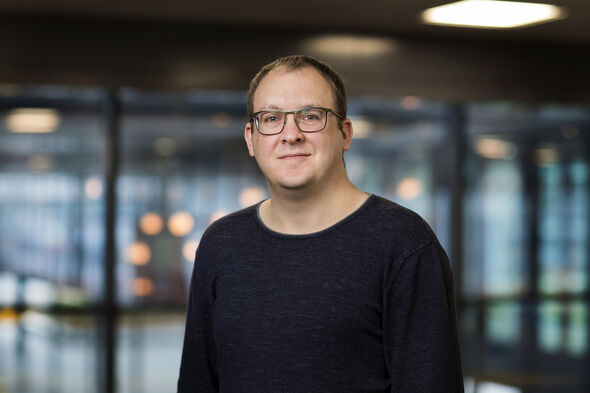
Discussion